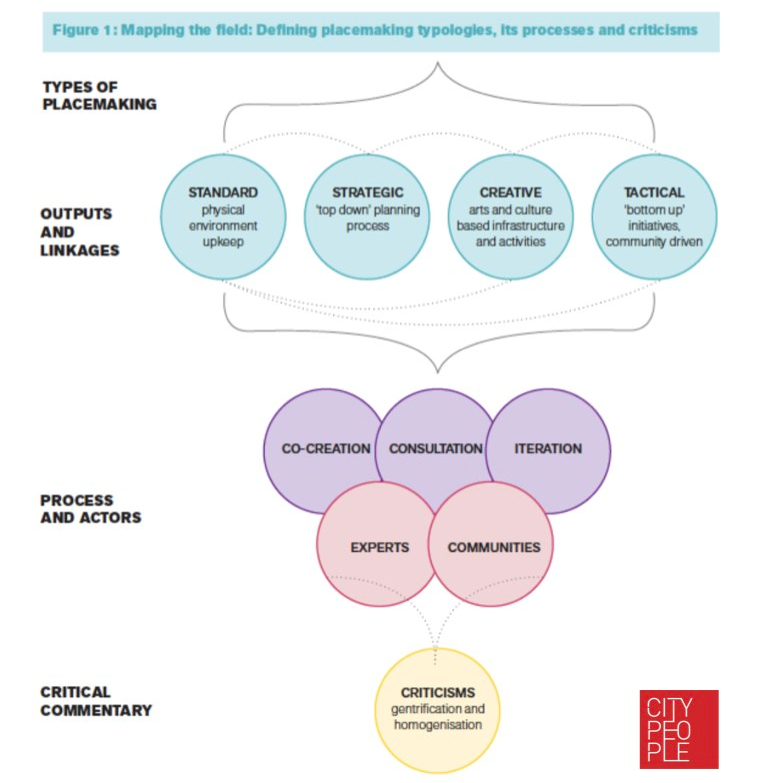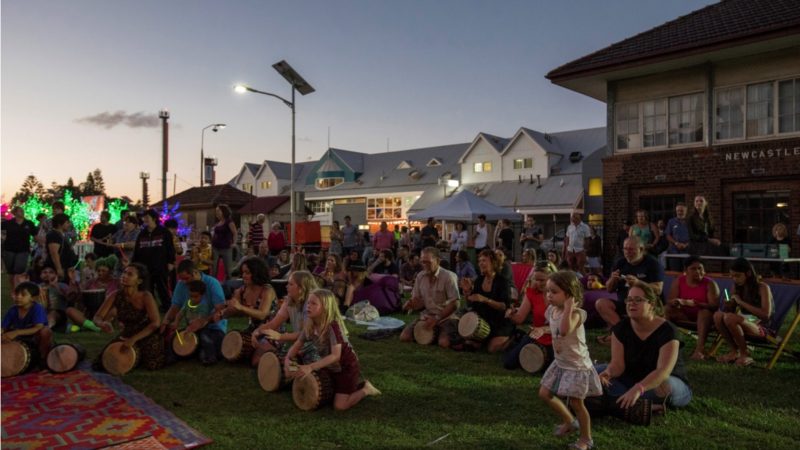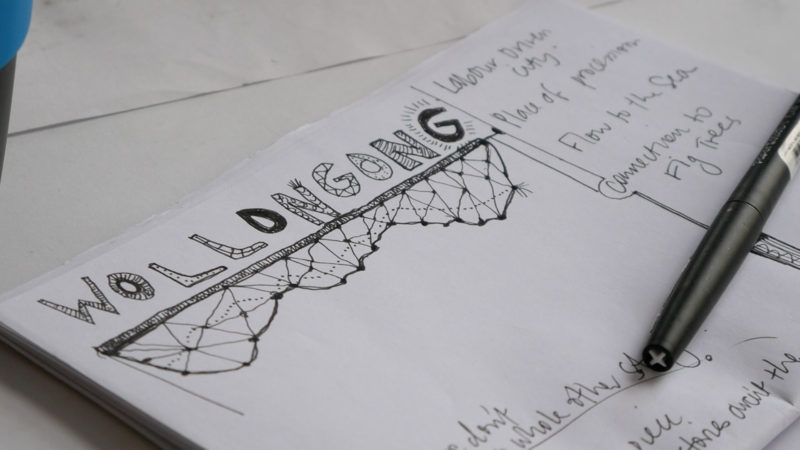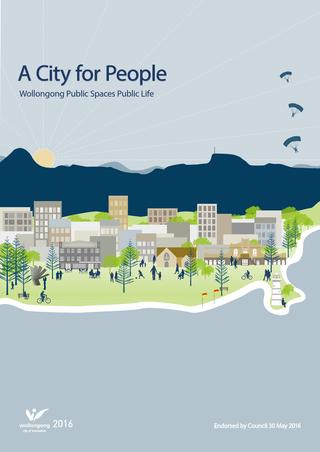… agree on what placemaking means?
A: Quite a lot actually.
The great news is that City People has got the most comprehensive definition of that very nebulous term right here.
“Valuing Creative Placemaking” is a collaborative learning project commissioned by Landcom and UrbanGrowth NSW that I initiated with a great team of colleagues:
- Associate Professor Thayaparan Gajendran, University of Newcastle
- Dr Justine Lloyd, Macquarie University
- Dr Kim Maund, University of Newcastle
- Dr Cathy Smith, University of New South Wales
The first part of our research is a literature review of the placemaking field and its numerous contesting definitions. If you want to dive deep into our appraisal of the field of placemaking and the multiplicity of definitions, you can download Valuing Placemaking Literature Review here and read the full report for yourself.
Or keep on reading for my ‘cheat sheet’ version…
Basically our research team decided to go with a nuanced definition of placemaking proposed by geographer and planner Alan A Lew. He outlines four different kinds of placemaking:
• standard placemaking focused on physical upkeep and maintenance of the built environment.
• strategic placemaking focused on the creation of a new development on the scale of a neighbourhood or city through a top down’ development approach with a significant level of investment, often from governments or private developers.
• creative placemaking focused on the utilisation of the arts, to make a place more vibrant and interesting, be it through applications to the physical environment, the presence of arts related businesses, or the staging of programming and events
• tactical placemaking focused on a ‘bottom-up’ approach led by community groups looking to test, change or improve aspects of their locale and often using temporary, low-technology interventions.
 Happily, Lew is the first to admit that these are not neat and tidy compartments and that there is a lot of bleed between different areas. So as a team, we agreed to adopt his framework as the most useful way to think about creative placemaking in relation to other placemaking practices. As I’ve mentioned, placemaking exists in a contested field and no doubt there will be dissent among practitioners about whether this is correct or not. But we believe Lew’s framework lends itself to the diversity of placemaking projects around the world.
Happily, Lew is the first to admit that these are not neat and tidy compartments and that there is a lot of bleed between different areas. So as a team, we agreed to adopt his framework as the most useful way to think about creative placemaking in relation to other placemaking practices. As I’ve mentioned, placemaking exists in a contested field and no doubt there will be dissent among practitioners about whether this is correct or not. But we believe Lew’s framework lends itself to the diversity of placemaking projects around the world.
So there you have it: a tight little précis of the field of placemaking and one that provides for a whole spectrum of practices from top-down to bottom-up.
As you can see in the diagramme above there are some critiques of placemaking – homogenisation and gentrification. I’ve got a blog coming on that one – hopefully next week.
Follow City People (blue button at bottom of page) and we’ll ping it through as soon as it’s up.
Cheerio
Michael Cohen – Director, City People



